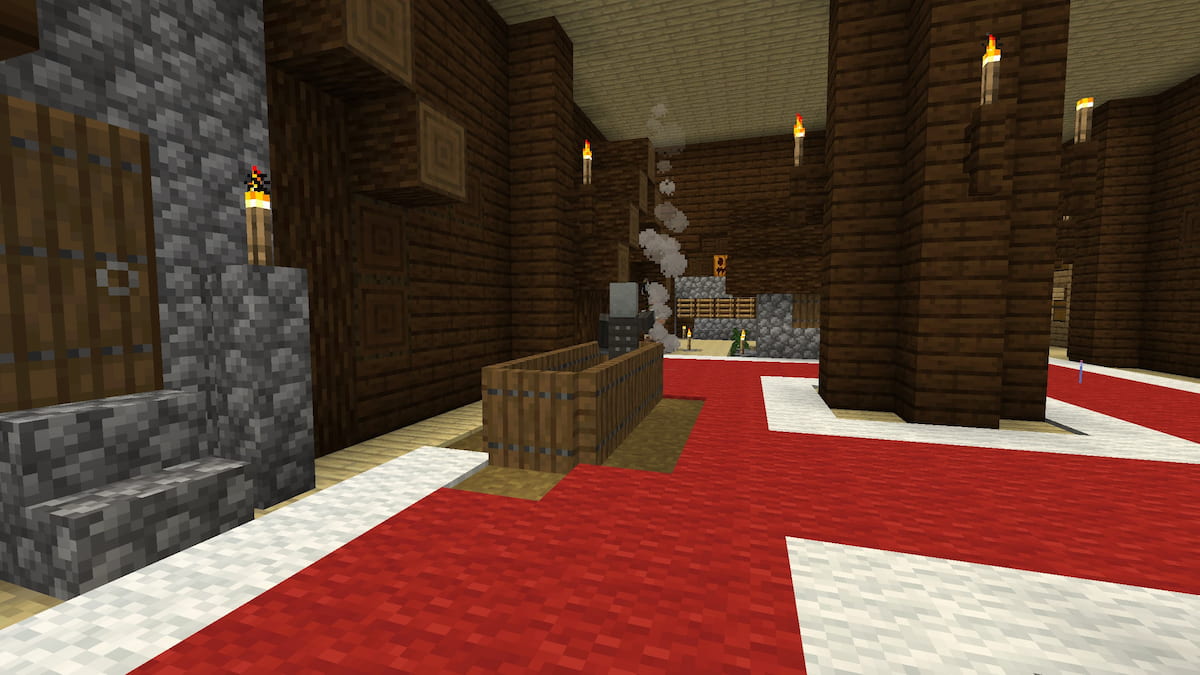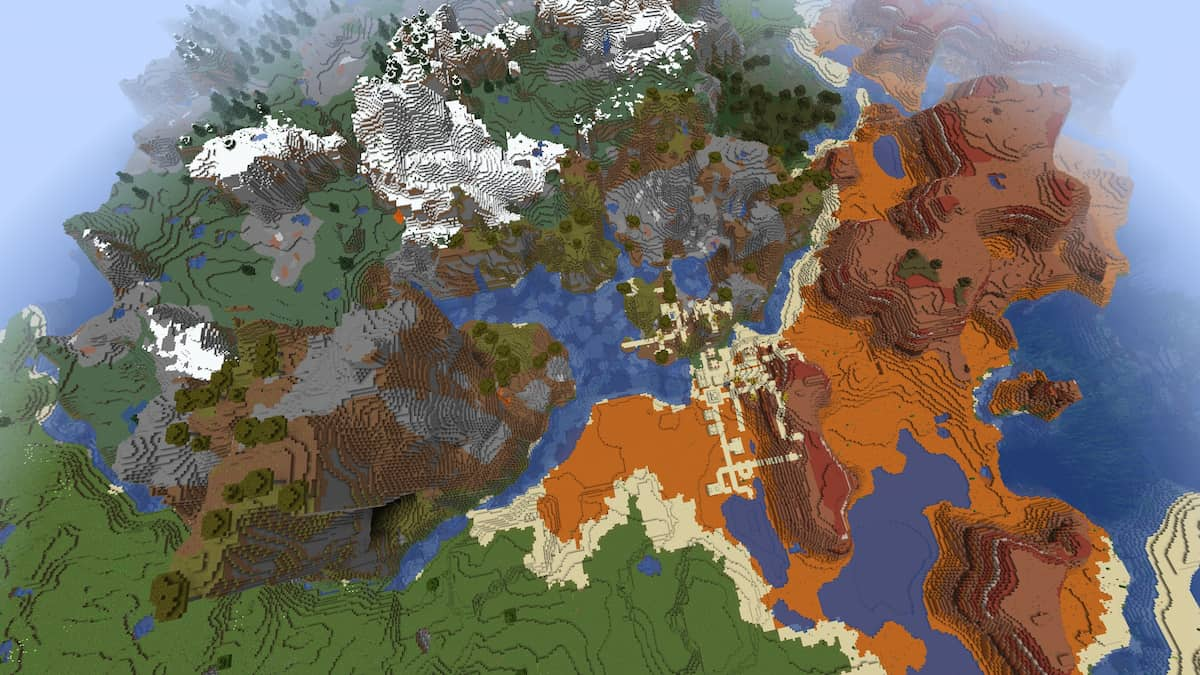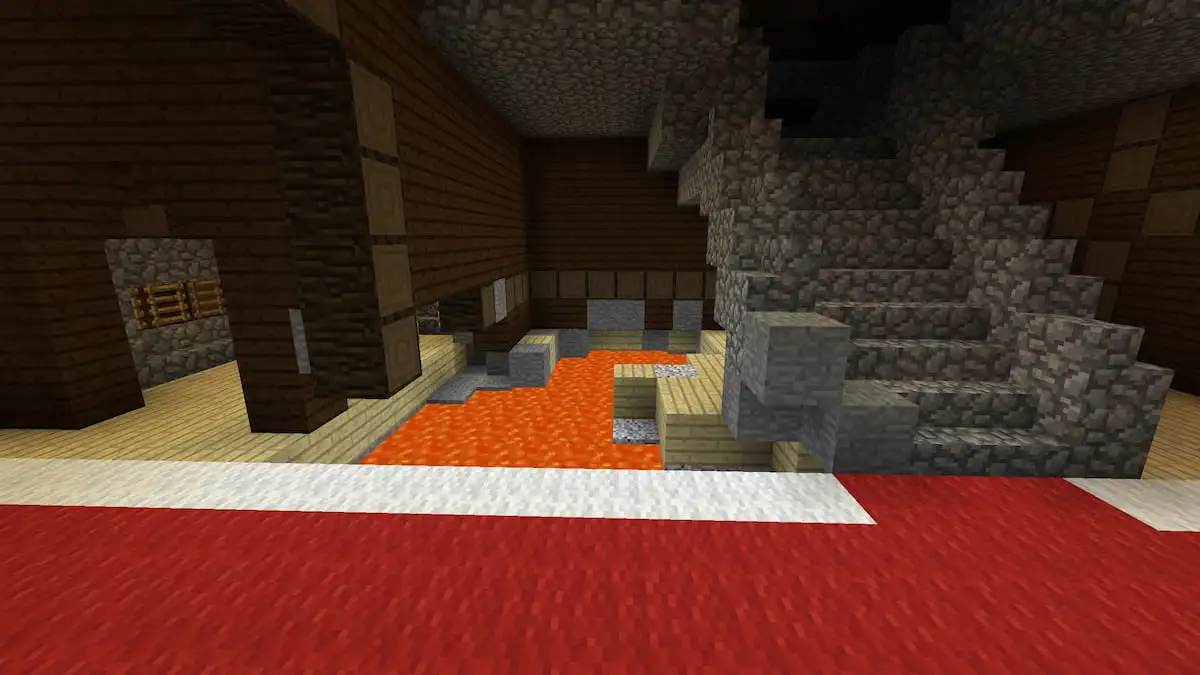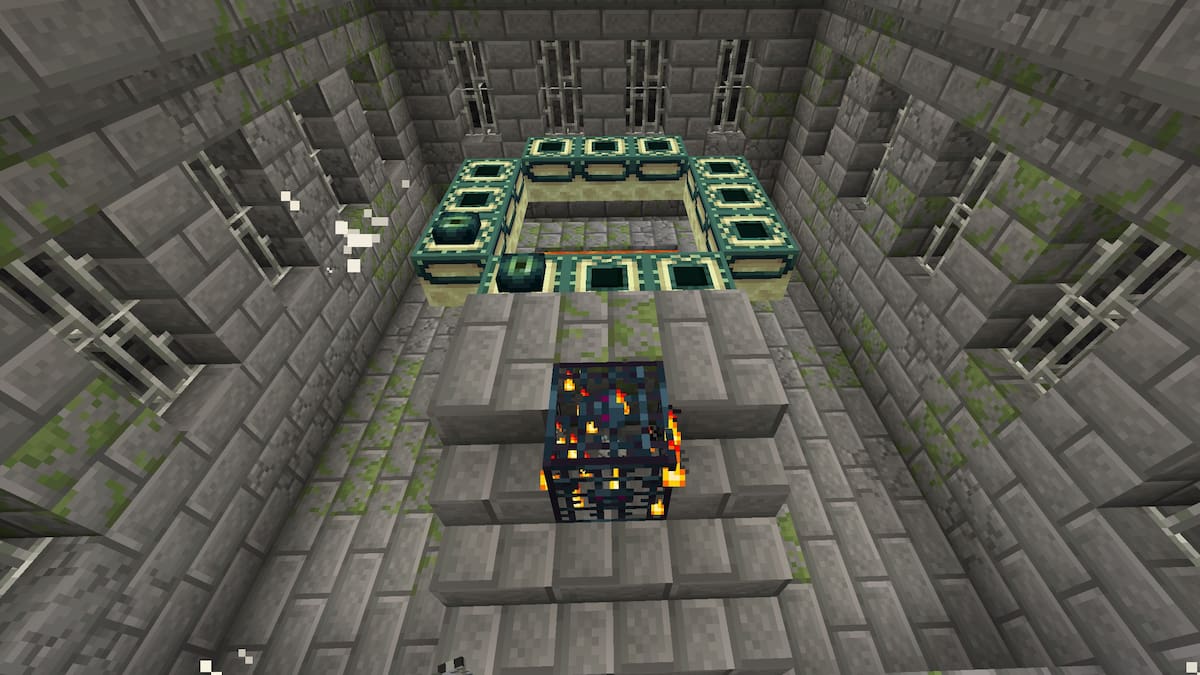Editor’s Note: We’re excited to welcome Trevor from NativeX, sharing his experiences and expertise in the tech industry.
When analyzing a game, we at NativeX break down key performance indicators (KPIs) into three categories: Engagement, Retention, and Monetization. In this post I detail some key performance metrics, what they tell you about a game, and good benchmarks to shoot for.
Why should you trust me and where do I get all this awesome data? I’m a games analyst on the NativeX Games Task Force and we collaborate with partners to make awesome games even awesomer, specifically by increasing engagement, retention, and monetization.
Engagement
Sessions/DAU
This metric refers to how many times the average Daily Active User (DAU) initiates a session in your game. A strong number of Sessions/DAU is usually around 3, but it really depends on the genre of your app. Games with longer session lengths like RPGs will tend to have fewer Sessions/DAU while endless runners and games with shorter sessions can easily exceed 4 or 5 Sessions/DAU.
DAU/MAU
The ratio of DAU/MAU (Monthly Active User) reflects how “sticky” a game is. How many of the users that have visited the game in the past month also initiated a session today? A game with a strong DAU/MAU ratio will be able to maintain a value over 0.2 for an extended period of time. Be careful using this metric: when running a user acquisition campaign, this ratio will be skewed higher.
Retention
Right now in the mobile space, there are two ways to measure retention. Consider the following example. The day the user downloads the game is Day 0. If the user starts a session on Day 1, they are considered retained. If they do not start a session, they are not retained. This calculation is made each day for the cohort of users that downloaded the game on the same calendar date, and each day is independent.
There will certainly be some variance based on the game genre. Usually endless runners or level based games don’t have the longevity to match retention for an RPG or Player vs. Player game that is truly endless.
For the second way to calculate retention, let’s revisit the original example. The user initiates a session on Day 1 and is considered retained. Then they take a break for Days 2 thru 5. On Day 6 they come back and start another session. Some notable analytics providers calculate retention by filling in Days 2 thru 5 and marking the user as retained. The standard for this style of retention right now is to mark the user as retained for 7 days before and after a session.
This approach looks at retention as more of a long term approach, the retention of a user over their lifetime with the game. Be aware, this user is not being counted as a DAU on Days 2-5, and since they are not initiating a session, there is no way they will be able to monetize which is definitively one of the most important aspects of Free-to-Play game design.
Monetization
ARPDAU
Average Revenue Per Daily Active User (ARPDAU) is one of the most common monetization metrics in the mobile space. This gives developers a sense of how their game is performing on a daily basis. As a game’s DAU count climbs, some games that are very healthy financially may dip below this threshold, but for most games, $0.05 is a good first benchmark. Games with excellent monetization will have ARPDAUs between $0.15 and $0.25.
ARPU
Average Revenue Per User (ARPU) measures how much a game earns per user that has ever downloaded the game. While ARPDAU captures a day’s worth of data at a time, ARPU is measures the total monetization of an average user. The main difference between ARPU and LTV (discussed more below) is ARPU does not project how newly acquired users will monetize in the future. An ARPU of a certain value does not guarantee a financially successful game; it’s all relative to the cost of acquiring users.
eCPI
Effective Cost Per Install (eCPI) is the cost of all user acquisition funding per users ever acquired (including organics). Smart user acquisition plans will help keep this cost down. Profitability will come once your eCPI is smaller than your ARPU, which may not be the case from the start.
LTV
Lifetime value (LTV) is a similar metric to the aforementioned ARPU. Lifetime Value takes into account what users have done since they downloaded the application, and also projects how those users will continue to spend in the future. There are multiple ways to project how user behavior will change over time. The basic end of the spectrum would be a linear projection, and the complex end of the range would be predictive analytics calculations.
Conversion Rate
Conversion Rate is the percentage of users that execute an In-App Purchase (IAP). In most games, 1-2% of users will pay for virtual currency. In healthy games, the conversion rate is closer to 3-6%. Few games can boast a 10% conversion rate or higher, and usually these are games that focus on a niche audience as opposed to mass market.
ARPPU
Average Revenue Per Paying User (AR-P-PU, not AR-PU-PU) is the average spend for all paying users. This varies quite drastically, even between games with healthy monetization. I’ve seen typical figures from $5 to $20, but of course there are games with an ARPPU below $5 and others that exceed $100. As with conversion rates, titles with very high ARPPU usually do not have mass market penetration.
The mobile space allows game developers to iterate on their product. Creating great content is still the key to making an incredible game, but understanding analytics and game data can help developers improve the experience for users. If you want to talk about metrics or game analytics, you can find me on the NativeX blog or email me at [email protected].









Published: Jun 14, 2013 04:50 pm